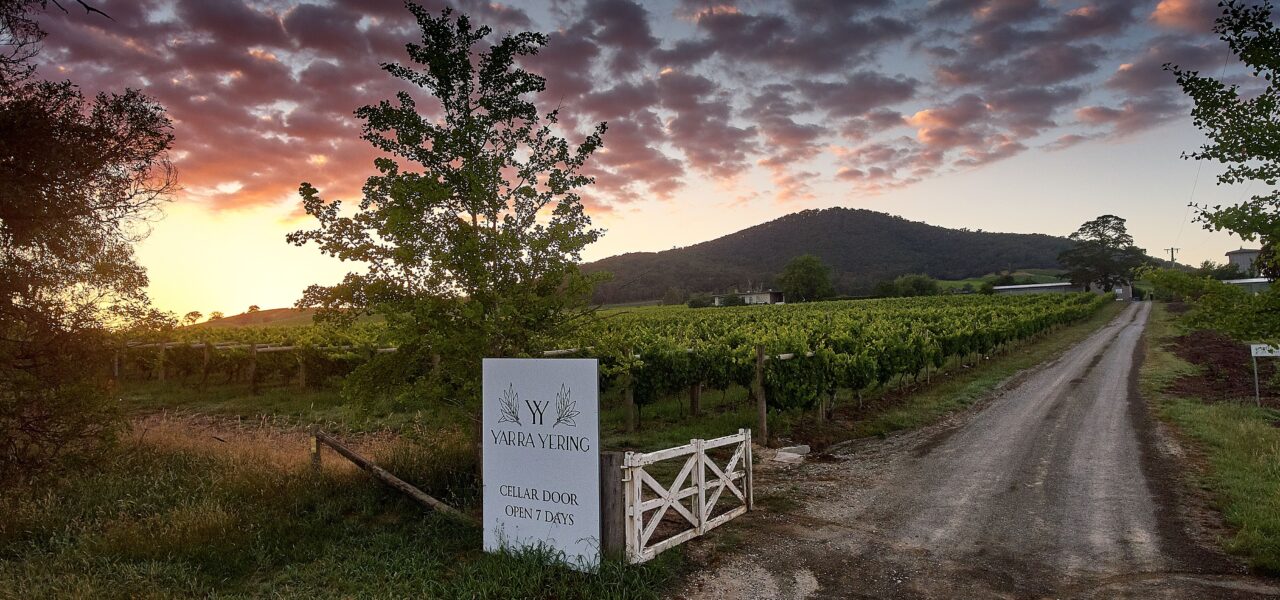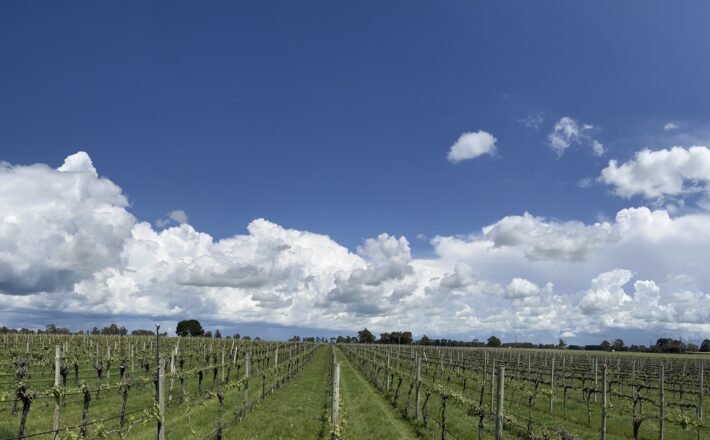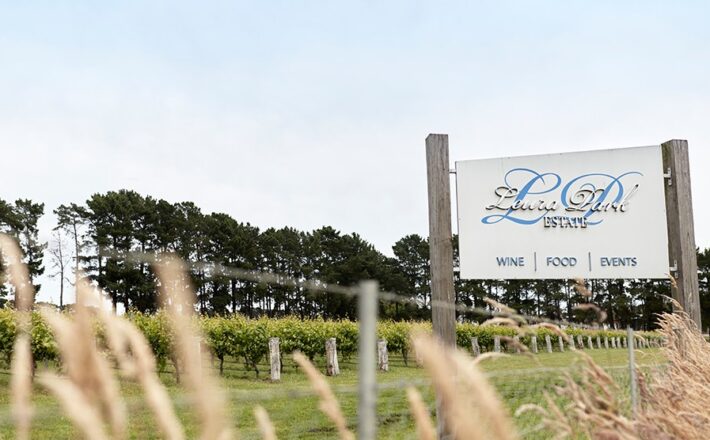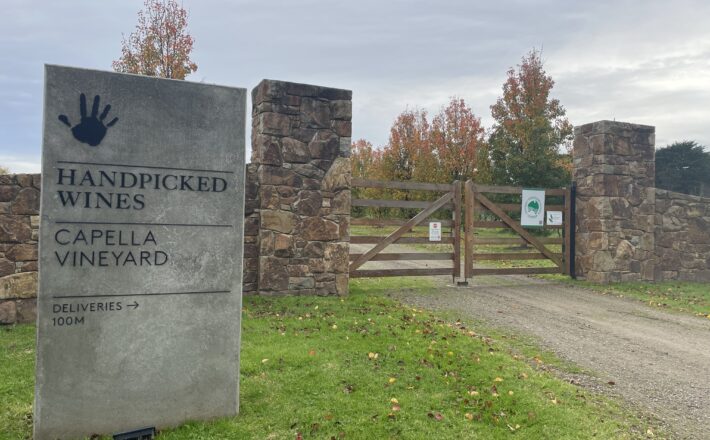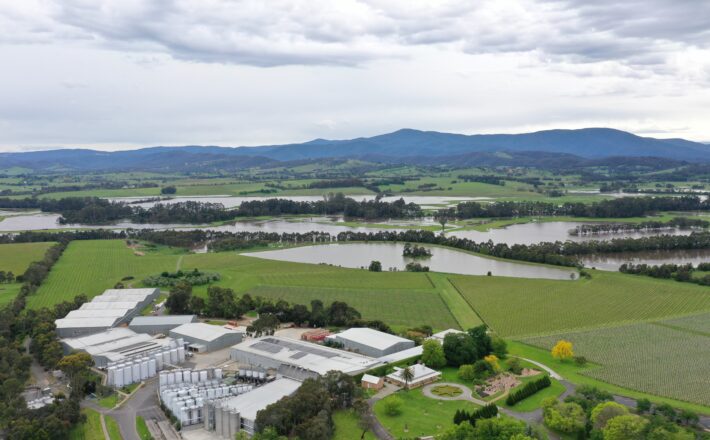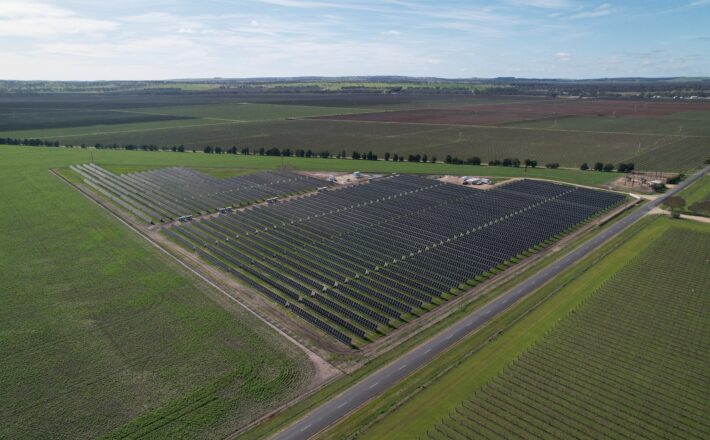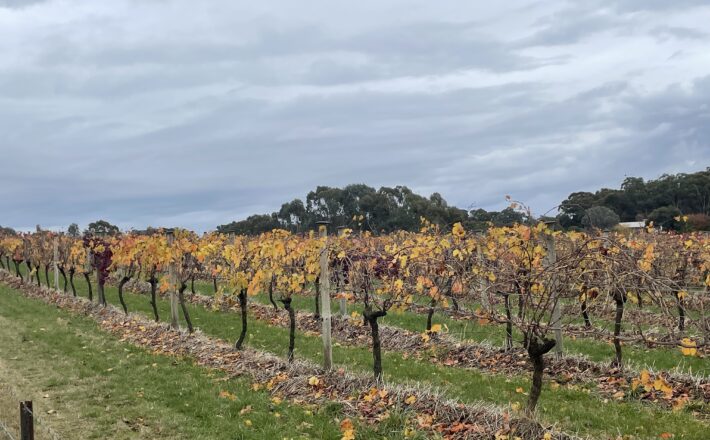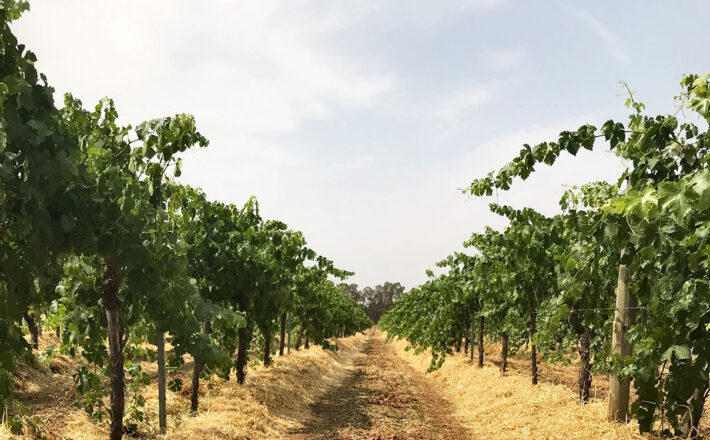Involvement in Sustainable Winegrowing Australia has provided a framework to focus more consciously on sustainable practices and achieve continual improvement in a structured and time-efficient manner.
This case study outlines challenges and innovative solutions in water and wastewater management at the Yarra Yering winery since it joined Sustainable Winegrowing Australia.
Yarra Yering was established by Dr Bailey Carrodus in 1969 at the foot of the Warramate Hills in the Yarra Valley. Crushing up to 200 tonnes of estate-grown fruit only, the Yarra Yering winery is small with minimal staff. As such there is little spare time to commit to maintaining management systems that do not contribute towards running the business efficiently. Sustainable management of time and resources is core to the operations at Yarra Yering and a key driver for business decisions and initiatives.
Yarra Yering has been a vineyard member of Sustainable Winegrowing Australia since 2020 and a winery member since 2021. Sarah Crowe, the CEO and winemaker since 2016, is committed to achieving certification for both the vineyard and winery.
Limited water availability
All water on site is sourced entirely from rainfall. Despite an annual rainfall of 1,095 mm across the region, at the time of joining the program the winery’s storage capacity was limited to 200,000 L. Peak water use in the winery is at vintage, coinciding with the lowest water level of tanks. The winery ran out of water in vintage 2019 and was very close in other years. The cost of purchasing water is minimal ($140/10,000 L); however, the inconvenience of sourcing water when needed is the biggest issue. With a maximum processing capacity of 8 tonnes per day and small batch processing, the vintage workflow is severely hampered, and wine quality potentially affected if processing is put on hold for up to two days waiting for a water carrier to deliver water to the site.
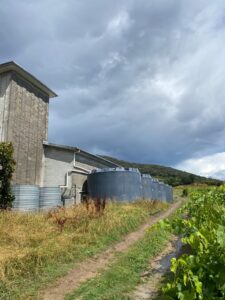
Water is used sparingly and efficiently in the winery due to the reliance on rainwater, particularly since small batch winemaking requires higher water use per tonne crushed than wineries with larger batches. Strategies such as no transfers of wine with water are used. Minimising water used in cleaning has been the most effective way to improve water use efficiency.
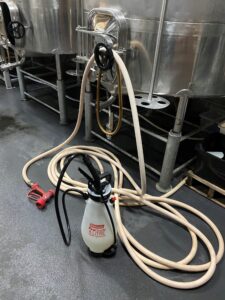
A flow meter was installed in 2021 on the winery water tanks to track water use and assess future storage needs. After tracking water use for 12 months, in December 2022, an additional 100,000 L of water storage was secured with the installation of two 50,000 L rainwater tanks. This is sufficient to mitigate the risk of vintage being interrupted by running out of water.
When tanks or presses are cleaned, solids are manually removed first, hot (gas powered) water is then sprayed to remove the majority of residue. A low-concentration alkaline solution of a potassium-based powder cleaner, in an eight-litre handheld spray pack, is used to remove remaining residue; this is then rinsed off with water.
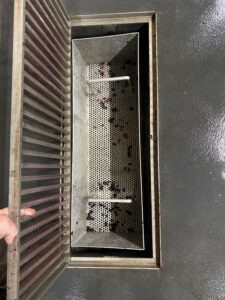
Minimising water used in cleaning has been the most effective way to improve water use efficiency
Assessing the suitability of current wastewater management
Wastewater management was another area of concern for the winery. The current wastewater management system entails collection of remaining solids in wastewater via baskets in drains, after manual removal of bulk. Wastewater is then naturally filtered along a passive stormwater channel with weeds and rocks into an evaporation dam. Sarah was quoted approximately $200,000 to upgrade the current system. While preparing for certification of the winery, Sarah was unsure if the wastewater management needed upgrading, although this was not required by the Environment Protection Authority.
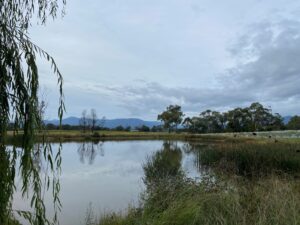
The biological oxygen demand on the evaporation dam is low due to prior removal of solids. Cleaning with a low-concentration alkaline solution and minimal use of liquid caustic has meant that is very unusual to require neutralisation with citric acid. In May 2022, Sarah purchased a pH meter to track the pH of the evaporation pond to determine if the system needed upgrading. Since then, monthly testing has identified no additional intervention needed (no aerators, additional filtration or pH adjustment). Careful use of additives and removal of solids enables simple and effective wastewater management and avoids the need for a costly system.
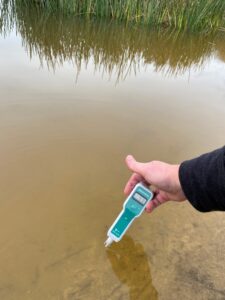
Removal of solids enables simple and effective wastewater management
Future plans
Sarah and the team at Yarra Yering aim to use the Sustainable Winegrowing Australia certification process to better measure how they are performing and then use that as a basis for continual improvement of their sustainability footprint and to further reduce expenses in the future.
Acknowledgement
Yarra Yering has been a vineyard member since 2020 and winery member since 2021 of Sustainable Winegrowing Australia.
This case study was developed by the Australian Wine Research Institute with support from the National Landcare Program, Yarra Valley Wine and Yarra Yering.



